 Once more over Souwthwest Spain, a new fireball crossed Badajoz’s skies.
Once more over Souwthwest Spain, a new fireball crossed Badajoz’s skies.
This time the phenomena was registered with the SMART Project’s detectors operated at Calar Alto (Almería), Sierran Nevada (Granada), La Sagra (Granada), La Hita (Toledo), Seville and Madrid Observatories (Madrid one is a new SMART station).
And, as usual, one of the Calar Alto (Almería) external surveillance webcam could also record the phenomena.
Following the preliminary analysis carried out by Professor José María Madiedo (Instituto de Astrofísica de Andalucía IAA-CSIC), and SMART project's PI, this event was caused by a rock detached from a comet which impacted against our atmosphere at 23:33 UT of March 12th, and with an estimated speed of 72.000 km/h.
The luminous part of the phenomena started above the southeast part of Badajoz province, at an altitude of 100 km. Then the object moved southwestward finishing at an altitude of 63 km above the same Spanish province.
The top left image is the path this fireball followed above the ground, while the top right one shows the emission spectrum of the fireball.
And below are the videos registered with the west surveillance webcam and the SMART's detector, both operated at Calar Alto Observatory in Almería.
Calar Alto (CAHA) fireball detection station, together with the one at the Observatory of Sierra Nevada (IAA-CSIC) and others placed at different locations in Spain, are part of the S.M.A.R.T. project led by Professor José María Madiedo (IAA) to track that kind of objects. Specifically, Calar Alto (CAHA) station and the one at Sierra Nevada (IAA-CSIC) constitute a collaboration agreement between the IAA researcher José María Madiedo and both institutions.
 English (UK)
English (UK)
